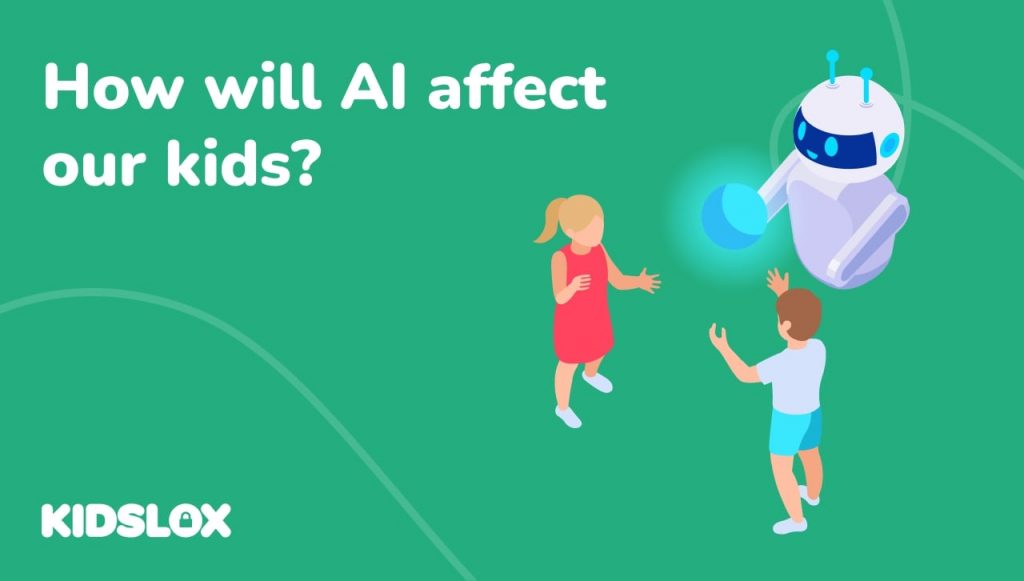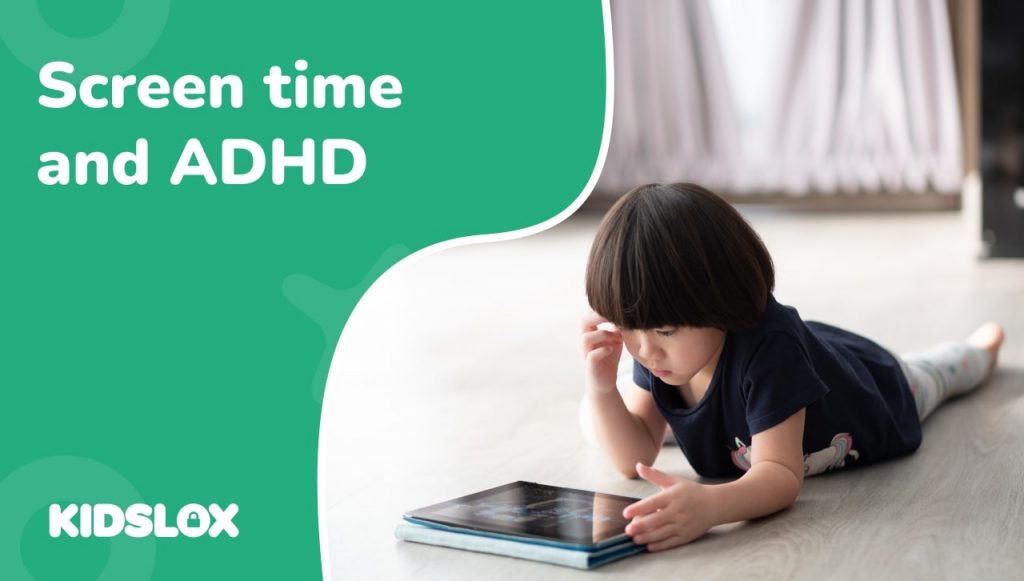Throw a digital rock, and you’re likely to land on a headline about how AI (Artificial Intelligence) is revolutionizing the world. From finance to healthcare, AI is nothing new – it’s been around for decades and is now used in almost every aspect of our lives.
But the recent launch of AI tools such as ChatGPT has thrust this technology into the spotlight, leading to a growing awareness of its potential implications – especially for younger generations and those who will come after them.
It’s essential that we understand exactly how AI will affect the lives of children – both now and in the future. With technology moving faster than ever before, it’s essential that we consider the implications of machine learning and artificial intelligence and how AI literacy needs to be taught from an early age.
The Basics Of AI
Before we look at how AI may impact children in the years ahead, let’s cover a few basics: what is AI, and how does it work?
What Is AI?
Artificial Intelligence, at its base, is a form of computer programming that enables machines to learn from data and make decisions without human input.
AI is being used in various sectors, including medical diagnostics, automation of manufacturing processes, facial recognition systems, virtual assistants like Siri or Alexa, and even self-driving cars.
While the hype around AI has been at a fever pitch lately, the concept has actually been around for decades. In more recent years, though, advances in machine learning technology have enabled AI to become faster and more accurate than ever before – resulting in the proliferation of AI-powered applications across various industries.
How Does AI Work?
AI takes data and uses algorithms to comprehend, learn from and respond to it. For example, a facial recognition program takes the input of images and compares them to a database to recognize faces.
AI can also be used for predictive analytics – predicting future trends or providing insights into consumer behavior – as well as natural language processing (NLP), which involves understanding humans through language and then forming appropriate responses.
What Is Machine Learning?
Machine learning is a subset of AI technology that enables computers to learn from data without being explicitly programmed. It provides large volumes of data to an algorithm, which then uses the data to create models and make predictions.
The use of large trained datasets, combined with sophisticated algorithms, makes it possible for machines to learn from data and draw accurate conclusions.
This type of technology makes up the foundation of tools such as ChatGPT, which can take natural language queries – such as “What is the summary of the book ‘The Cat in the Hat?'” – and then provide a response. It can even change up its responses based on input.
What Is ChatGPT?
ChatGPT is a natural language processing system created by OpenAI and used by companies such as Microsoft and Google. It takes input in the form of text and uses deep learning to generate a response.
The technology is based on an AI-generated algorithm GPT (Generative Pre-trained Transformer) and is used to create conversational systems which can answer questions and provide recommendations or advice.
ChatGPT has taken the world by storm – allowing anyone with an internet connection to use natural language processing to solve problems or get answers. Individuals have already started utilizing ChatGPT to write essays, answer interview questions, research medical conditions and much more.
And with the recent release of the OpenAI source code, companies, and software developers are baking it into their products and increasing its reach.
The Impact of AI on Children & Future Generations
AI technology has the potential to revolutionize practically every aspect of life, from healthcare to education. It’s easy to see how the concept of AI can cause concern – but if we look beyond the implications of machines taking over jobs, we can see how AI can be used to improve our lives in countless positive ways.
Here are a few of the top benefits that AI could bring to children and future generations:
1. Improved Educational Experiences
Education requires constant tracking of metrics and creation of content to meet the needs of students. AI can automate this process, enabling more efficient data analysis and content generation. This can help ensure that the educational experience is tailored to each student’s needs, thereby providing them with a better chance of success.
For example, generative AI can create real-time chatbots that can offer personalized advice to students as they work on their assignments. AI can also be used to measure a student’s progress and offer recommendations or interventions so that students receive the support they need to reach their learning goals.
Plus, content can be written and provided to students based on their unique interests and needs, allowing for a tailored educational experience.
2. Improved Healthcare Outcomes
AI can be used to analyze large amounts of patient data to identify potential medical issues that could go undetected by traditional methods. This can help doctors diagnose and treat their patients more accurately and quickly.
In addition, AI-powered bots can identify potential risks and provide healthcare advice. For example, AI-based chatbot systems can answer patient questions, freeing up time for doctors and nurses to focus on more complex medical tasks.
For children in particular, AI systems can provide a more personalized healthcare experience. For instance, AI-based systems can use facial recognition and voice recognition to identify individuals and provide tailored advice or medical treatments.
3. More Secure Digital (and Physical) Environments
Data security continues to be a growing concern for all of us, and AI systems take online security and protection a step further. AI can help detect malicious activity on the internet and identify potential threats, thereby providing a more secure environment for children online.
AI-based systems can also monitor our homes and ensure our children are safe when we are away. And when combined with the Internet of Things (IoT) technology, AI systems can learn our habits and provide automated responses to potential security issues.
4. Expanded Access to Resources
Children need the ability to access resources to learn and grow, but unfortunately, not all children have access to the same level of education or resources. But AI-based systems can help bridge this gap by providing resources and teaching tools tailored to each child’s needs.
AI-based systems can also provide access to vast libraries of educational material, from books and videos to interactive simulations and games. This would enable children all over the world to gain access to resources they would otherwise never have had access to.
5. Greater Opportunities For Career and Skill Development
AI is not going to replace humans in the workforce, after all, AI systems are designed to enhance and supplement the work we do. But AI can help make specific tasks more efficient or provide us with more opportunities for skill development.
For instance, children and teens could use AI-based systems to practice tests and interviews, preparing them better for any career path they choose. College students could also use AI-based systems to help them gain access to larger opportunities for jobs and internships.
By closing the gap between education and the modern workforce, AI-based systems can help children and teens gain the skills they need for a successful future.
The Negatives Of AI and Our Children’s Future
The benefits that AI promises are incredibly exciting, but as with any technology, there are potential risks and drawbacks.
1. A Reduced Amount of Human Interaction
Children and teens currently face an epidemic of social isolation, and AI-based systems could further reduce the time they spend interacting with others. If children become too reliant on AI-based systems, it could cause them to miss out on the critical human connection essential for their development.
One example is a move toward engaging with AI tools for therapy and counseling. Rather than schedule appointments with trained mental health professionals, children could instead use AI-based services.
While this could create greater access to life-saving mental health services, it could also reduce children’s personal contact with other people. Plus, trusting an AI output without knowing its underlying training processes threatens children’s autonomy and identity formation.
2. The Creation of a Larger “Digital Divide”
Due to the costs associated with AI-based systems, they could create an even greater digital divide between those who have access to such resources and those who don’t.
With AI-based systems being cheaper than hiring teachers and counselors, they could also replace human employees entirely. This would lead to fewer job opportunities for those who are already disadvantaged – or reduce the amount of meaningful work they can find.
3. Diminished Creativity and Problem-Solving Skills
AI-based systems can take over many tasks that humans would have once done, such as testing, grading, and giving feedback on student projects. While this promises to free up more time for educators to focus on in-depth, meaningful instruction, it may also reduce the creative thinking and problem-solving abilities children develop.
Too much automation in education could lead to students lacking creativity or critical thinking skills. For instance, plagiarism has become an issue with AI-based systems. It’s not only crucial for educators to teach children the importance of being creative and staying away from plagiarism, but it’s also beneficial for them to learn how to think critically and solve problems independently.
4. Ethical Implications of Data Collection
AI is powered by data collection. So, naturally, the more we rely on AI-based systems, the more data we’ll collect about our children. This brings up numerous ethical and privacy concerns that need to be addressed to use AI responsibly.
Data collection can also potentially harm children by creating biased results against certain demographic groups.
For example, facial recognition algorithms might not work as well on darker skin tones, and generative programs that utilize online text may capture hate speech or offensive stereotypes. If children and teens can’t recognize the potential biases of AI, they may be at risk of developing negative thinking patterns.
5. A Reduction in Critical Thinking
Possibly one of the most significant issues with AI is the potential for a decrease in critical thinking skills. As AI becomes more prevalent, it’s crucial to ensure that children are not relying solely on automation and computers to solve their problems.
Instead, they should be encouraged to think independently and come up with creative solutions of their own. They should also be taught to evaluate data and information carefully to identify any potential biases in the results they receive.
By fostering a culture of independent thinking and critical assessment, children will be better prepared for life with AI in the future.
Learn How To Live With The Future of AI Tech Safely
Artificial intelligence is quickly becoming a part of our everyday lives, and it’s essential to understand this technology’s implications for children and future generations. Learning to use AI responsibly and prepare our kids for life with AI can help us create a better future – and help them know how to live with the future of tech safely.
So let’s use AI technology responsibly and prepare our kids for life with AI so that they can reap the rewards without fear.
At Kidslox, we are working hard to stay ahead of the latest trends to ensure that you are equipped with the knowledge and tools to protect your family from any potential risks.
For more information on how to best prepare your children for life with advanced technology, keep browsing these guides! Our library of research-based insights and guides will help you to equip your family with the tools and knowledge they need to navigate life in a tech-filled world.





